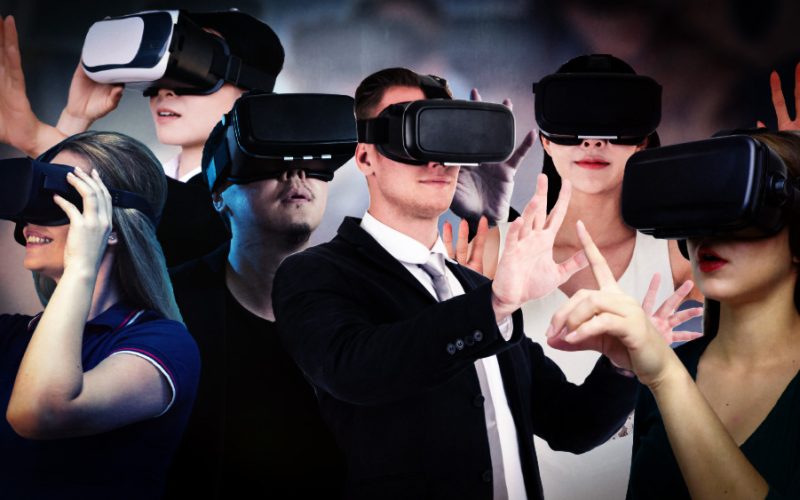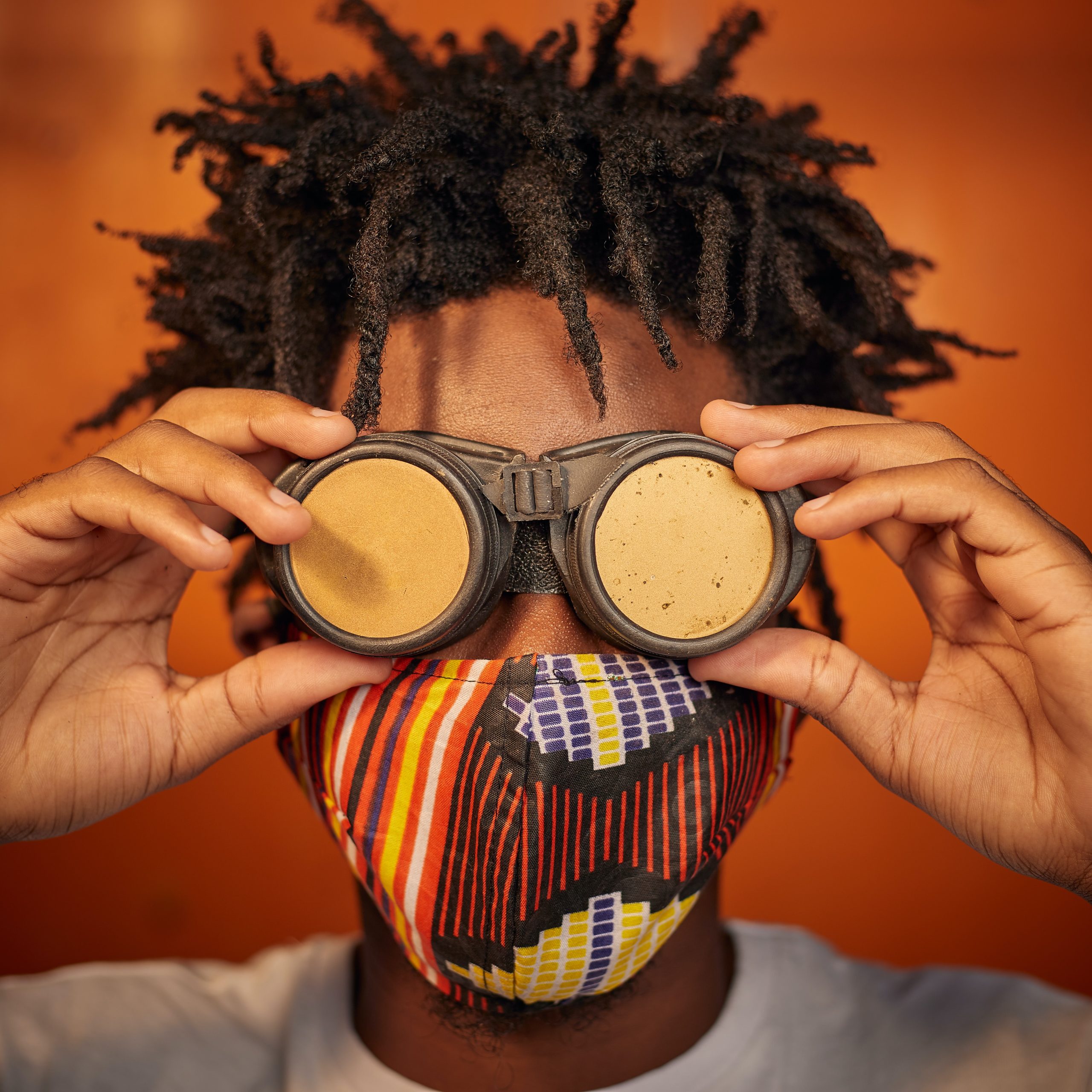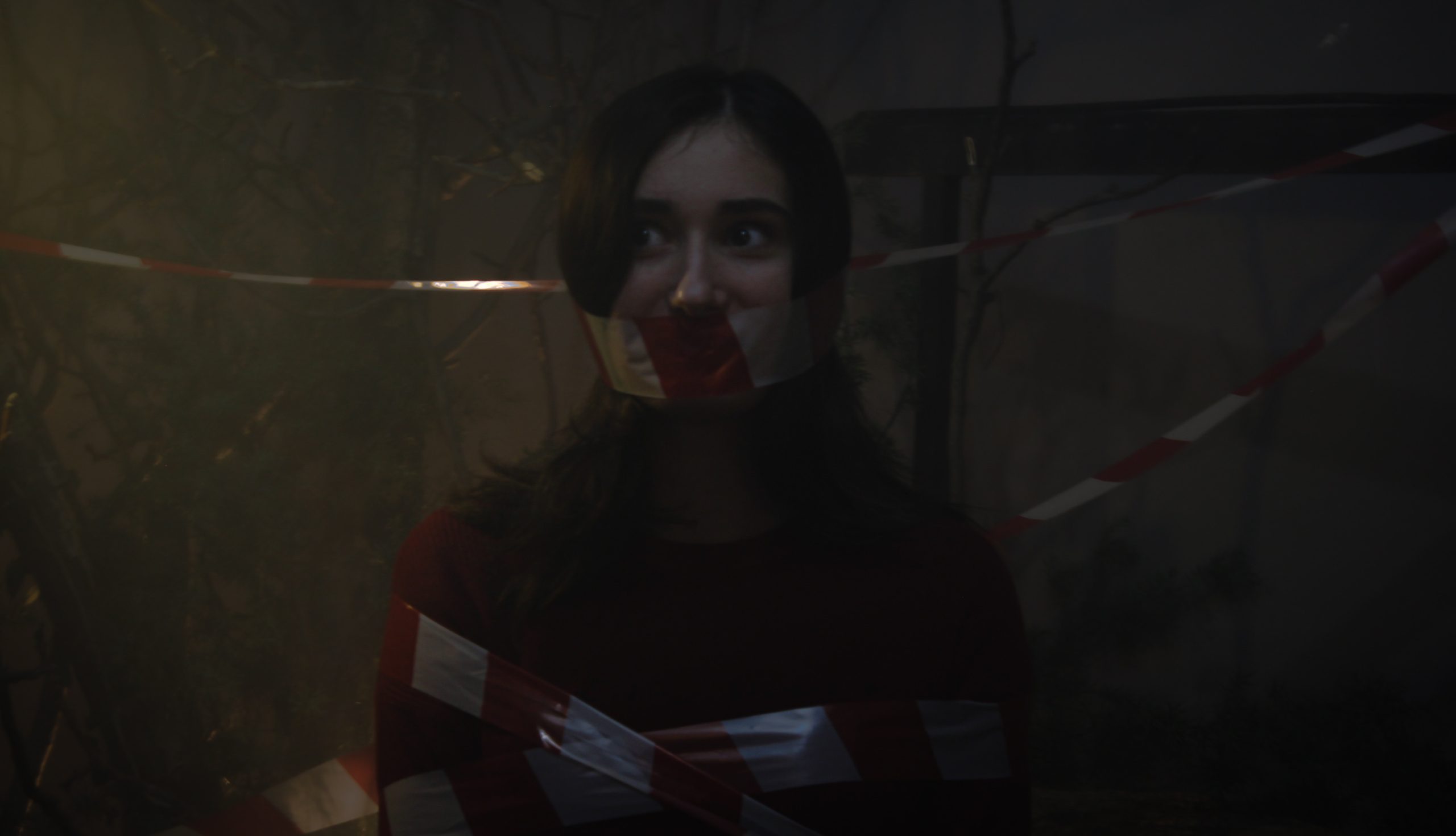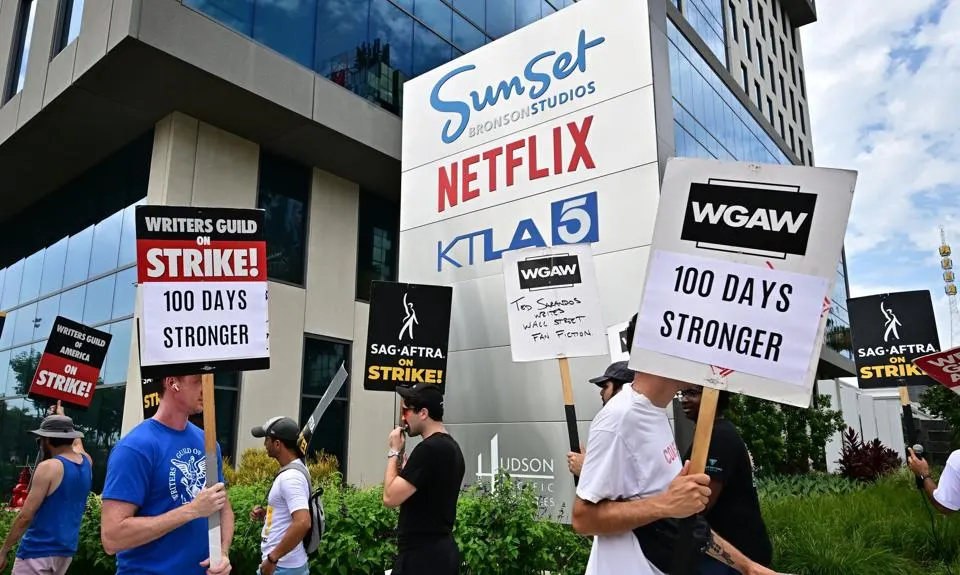Introduction
The world of cinema is continuously evolving, and one of the most exciting developments in recent years is the rise of virtual reality (VR) films. With advancements in technology, filmmakers can create immersive experiences that engage audiences in new ways. This article explores the growing presence of virtual reality films in film festivals, highlighting their impact on storytelling and the future of cinema.
What Are Virtual Reality Films?
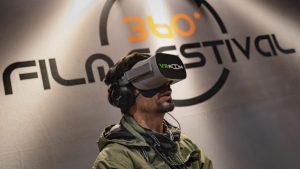
Virtual reality films are immersive experiences that allow viewers to feel as if they are part of the story. Unlike traditional films, which present a flat image on a screen, VR films use headsets and 3D technology to create a 360-degree environment. This allows viewers to look around and interact with the film’s world, offering a unique and engaging experience.
The Evolution of Virtual Reality in Cinema

Virtual reality has been around for decades, but it has only recently gained traction in the film industry. The introduction of affordable VR headsets and advanced technology has made it possible for filmmakers to explore this medium. Early VR films were often limited in scope and quality, but recent advancements have enabled creators to produce high-quality, immersive narratives that rival traditional films.
The Rise of Virtual Reality Films
Virtual reality (VR) films are becoming more popular in recent years. As technology improves, filmmakers can create exciting experiences that pull viewers into new worlds. Film festivals are now showcasing VR films alongside traditional movies. This rise in popularity shows that VR can change how we enjoy stories.
Benefits of Virtual Reality Films
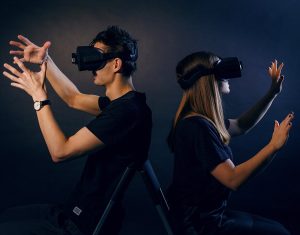
There are many benefits to virtual reality films. They allow viewers to feel like they are part of the story, which can lead to a deeper emotional connection. This immersive experience can make the film more memorable. Additionally, VR films offer new ways for filmmakers to tell stories, making them more creative and unique than standard films.
The Role of Film Festivals
Film festivals play a crucial role in promoting new and innovative forms of cinema, including virtual reality films. Festivals such as Sundance, Tribeca, and Cannes have embraced VR as part of their programming. These events provide a platform for filmmakers to showcase their work, connect with industry professionals, and reach wider audiences. By including VR films, festivals encourage experimentation and innovation in storytelling.
The Impact of VR on Storytelling
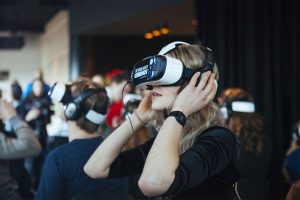
Virtual reality films offer new ways for storytellers to engage their audiences. The immersive nature of VR allows viewers to experience stories from different perspectives, creating a more personal connection with the narrative. Filmmakers can explore themes of presence, empathy, and interaction, challenging traditional storytelling techniques.
Community Engagement
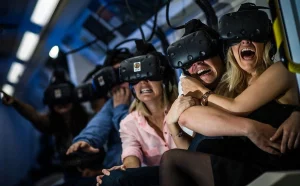
Community engagement is another important aspect of virtual reality films. Film festivals often bring together local communities to experience VR films together. This shared experience can make watching movies even more fun. People can discuss their thoughts and feelings about the films afterward, creating connections and conversations. Festivals encourage this sense of community, helping people bond over new and exciting experiences.
Exploring Different Genres

Virtual reality films are not limited to just one type of story. They can be found in many genres, including horror, adventure, and comedy. This variety allows different audiences to find something they enjoy. For example, horror VR films can create intense experiences that make viewers feel scared in a new way. Meanwhile, comedy VR films can offer fun, lighthearted moments. The diversity in genres helps keep the VR film scene fresh and interesting.
Collaboration Between Artists
Collaboration between artists is also important for VR films. Many filmmakers work with artists, designers, and musicians to create immersive experiences. This teamwork brings together different skills and ideas, which can lead to more creative storytelling. By collaborating, artists can enhance the emotional impact of the story, making it more engaging for viewers. Such partnerships can push the boundaries of what VR films can achieve.
Education and Training
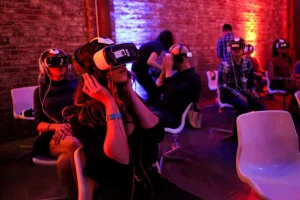
As virtual reality films grow, education and training programs are becoming more common. Schools and universities are starting to offer courses on VR filmmaking and storytelling. These programs teach students how to use VR technology and how to create engaging stories. By providing education in this area, future filmmakers can learn valuable skills that will help them succeed in the industry. This growth in education will lead to more innovative VR films in the future.
Festivals Embracing New Technology
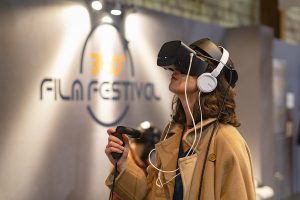
Film festivals are embracing new technology to enhance the VR experience. Some festivals are using special viewing areas with multiple VR headsets, allowing many people to watch a film at once. This setup encourages audience interaction and feedback. Festivals may also use augmented reality (AR) to create additional experiences that complement the VR films. This integration of technology makes film festivals more exciting and appealing to viewers.
Expanding Global Reach
Finally, virtual reality films have the potential to reach a global audience. With the internet and streaming services, filmmakers can share their VR content with people all around the world. This wider reach allows stories from different cultures to be told and experienced. It also encourages filmmakers to think about diverse perspectives, leading to more inclusive storytelling. As VR films continue to grow, they can help bridge cultural gaps and connect people globally.
These additional paragraphs further elaborate on the various aspects of virtual reality films at film festivals. If you have more topics or need further expansion, feel free to ask!
Challenges Facing VR Films
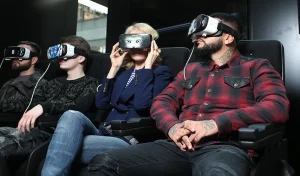
Despite their potential, VR films face several challenges. The technology required for production and viewing can be expensive, limiting access for some filmmakers. Additionally, audiences may need time to adjust to the new format, which can affect how they perceive and engage with VR content. There is also a need for more VR-specific storytelling techniques to maximize the medium’s potential.
The Importance of Feedback
Feedback from viewers is very important for the growth of virtual reality films. After watching a VR film, audience members can share their thoughts and suggestions. This input helps filmmakers improve their work and understand what people want. By listening to the audience, filmmakers can create better VR experiences that keep viewers engaged and excited.
These additional paragraphs build on the previous sections, providing a fuller understanding of the rise of virtual reality films in film festivals. If you need more information or further modifications, just let me know!
The Future of VR in Film Festivals

As technology continues to advance, the future of virtual reality films in film festivals looks promising. More festivals are likely to incorporate VR showcases, encouraging filmmakers to experiment with the format. As audiences become more familiar with VR, there will be greater demand for innovative storytelling experiences. This could lead to a new era of cinema where traditional and virtual reality films coexist, offering diverse viewing options.
Analysis Table: Key Film Festivals Featuring VR Films
| Film Festival | Year of First VR Showcase | Notable VR Films Featured | Impact on VR Industry |
|---|---|---|---|
| Sundance Film Festival | 2016 | The Hangman’s Curse, Notes on Blindness | Pioneering platform for VR storytelling. |
| Tribeca Film Festival | 2017 | The Invisible Man, Gondwana | Promoted VR to mainstream audiences. |
| Cannes Film Festival | 2018 | The Hangman’s Curse, The Call of the Wild | Elevated VR’s status in global cinema. |
Comparative Table: Traditional Films vs. VR Films
| Aspect | Traditional Films | Virtual Reality Films |
|---|---|---|
| Viewer Experience | Passive; audience watches the story unfold | Active; audience interacts with the environment |
| Narrative Structure | Linear; follows a set path | Non-linear; multiple viewpoints and outcomes |
| Emotional Engagement | Limited by the screen | Heightened through immersion and presence |
| Technology Used | Standard cameras and editing software | VR headsets, 3D modeling, and interactivity |
Conclusion
The rise of virtual reality films in film festivals represents an exciting shift in the landscape of cinema. By embracing this new medium, filmmakers can explore innovative storytelling techniques that engage audiences in ways never before possible. As technology continues to improve and audiences become more open to new experiences, virtual reality films will undoubtedly play an essential role in the future of cinema.






